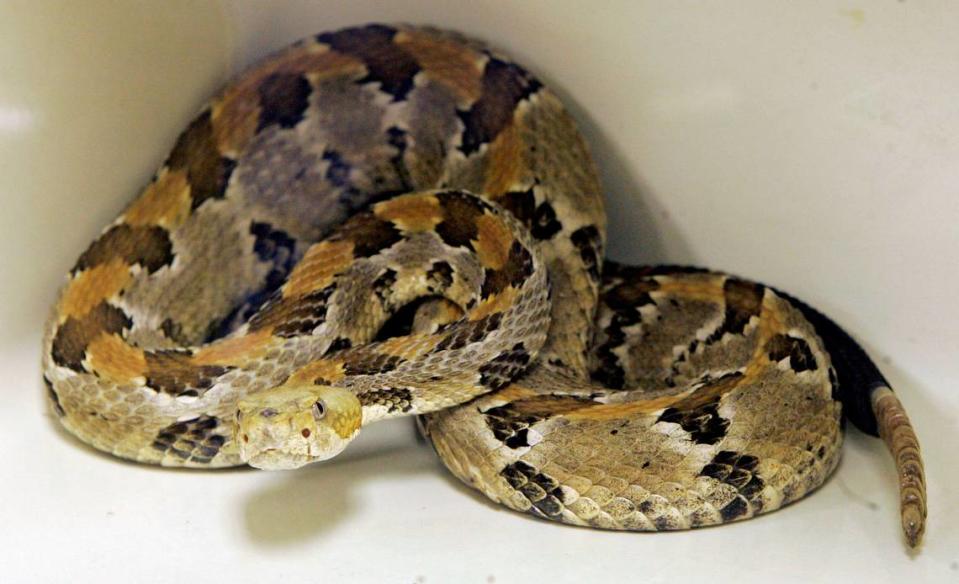One of the deadliest animals in SC might attack without warning. What to know
They are aggressive, will eat anything they see and cruise the shallow, warm water close to the coastline.
They are bull sharks, and they are one of South Carolina’s deadliest animals, according to Femanin, which bills itself as a website written by women for women.
“The bull shark is one of the most dangerous of all sharks, as it may attack with no warning out of confusion or fear,” the website said.
Here’s what National Geographic says about this predator: “Historically, they are joined by their more famous cousins, great whites and tiger sharks, as the three species most likely to attack humans.”
And they’re known to swim far inland into rivers and tributaries.
EEK.
They prefer fish, dolphins, other sharks over humans. But get this, often when they attack people it’s a mistake or curiosity.
Curiosity?
The website AZ Animals says bull sharks are common in South Carolina but attacks have taken place at Burkes Beach at Hilton Head, Folly Beach and Debordieu Beach.
While the bull shark may be the most deadly, death is not all that common and neither are attacks.
The International Shark Attack File from the Florida Museum of Natural History has recorded 111 shark attacks between 1837 and 2021. That’s the fourth most in the United States after Florida, Hawaii and California.
But last year was an outlier. The annual report listed 73 unprovoked bites in the U.S., 39 worldwide last year and nine deaths.
Sharks were also the deadliest animal in North Carolina, Femanin found.

Overall among the states, snakes were listed as deadliest. Thirteen states, from Florida to Michigan to Oregon, found any number of rattlesnakes, copperheads and water moccasins to cause the most deaths.
Residents of four states were listed as being threatened by bears — grizzly in Wyoming, polar in Alaska, brown in Arkansas and black in Vermont.
Then there’s the kissing bug in Delaware.

“Sadly, this critter is actually a lot more dangerous than it sounds,” Femanin said.
The description alone is enough to scare you.
“Kissing bugs tend to bite faces and are particularly active at night,” the website said. “If you do get bit, you might develop a disease that can cause cardiac problems.”
Texas has its own problem. Not really an animal but Femanin said it deserves to be on the list: amoebas.
It’s a tiny organism that lives in the water.
“If they get into your body (generally through your nose), they can start eating through your brain tissue,” the website said.

